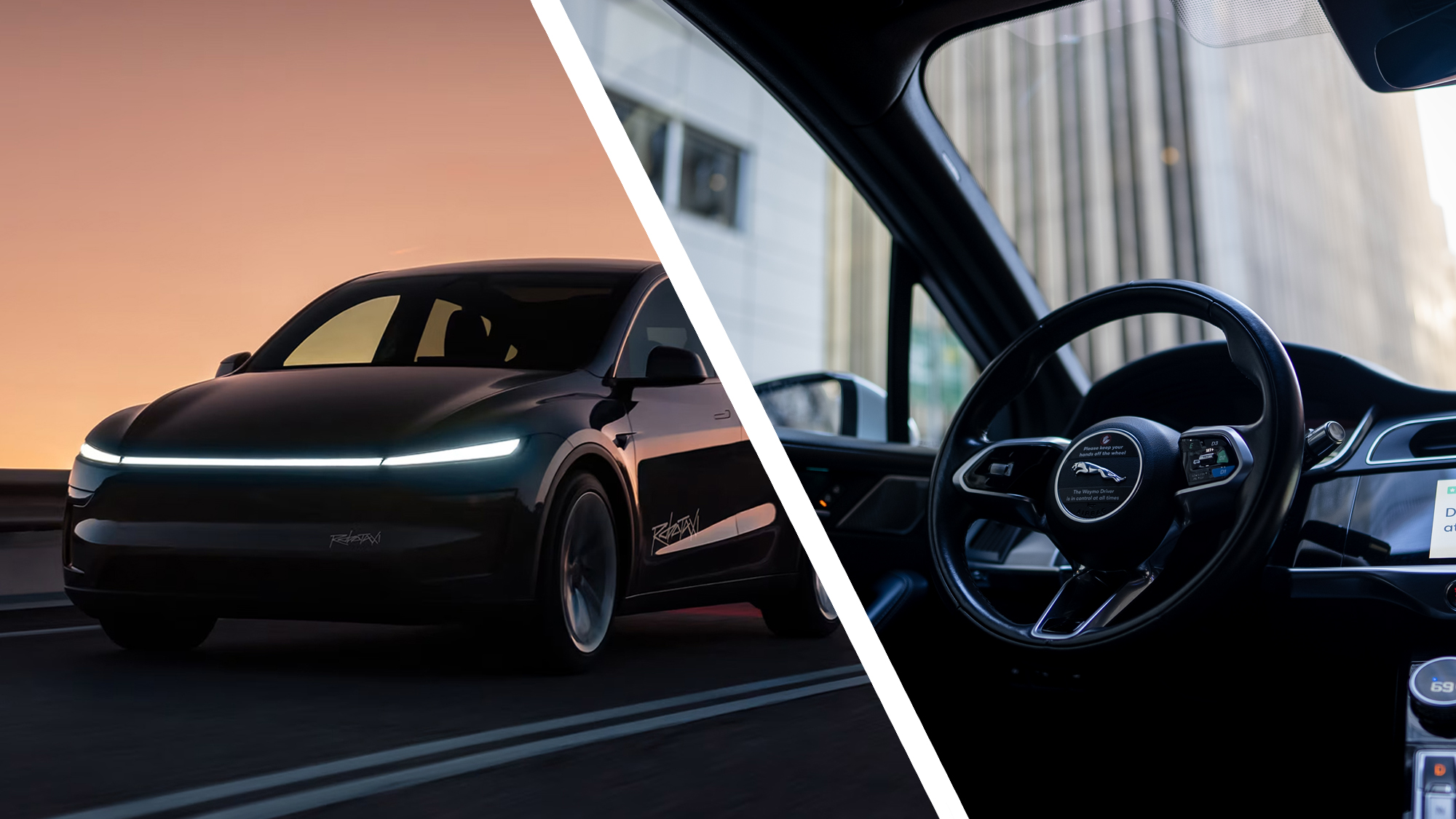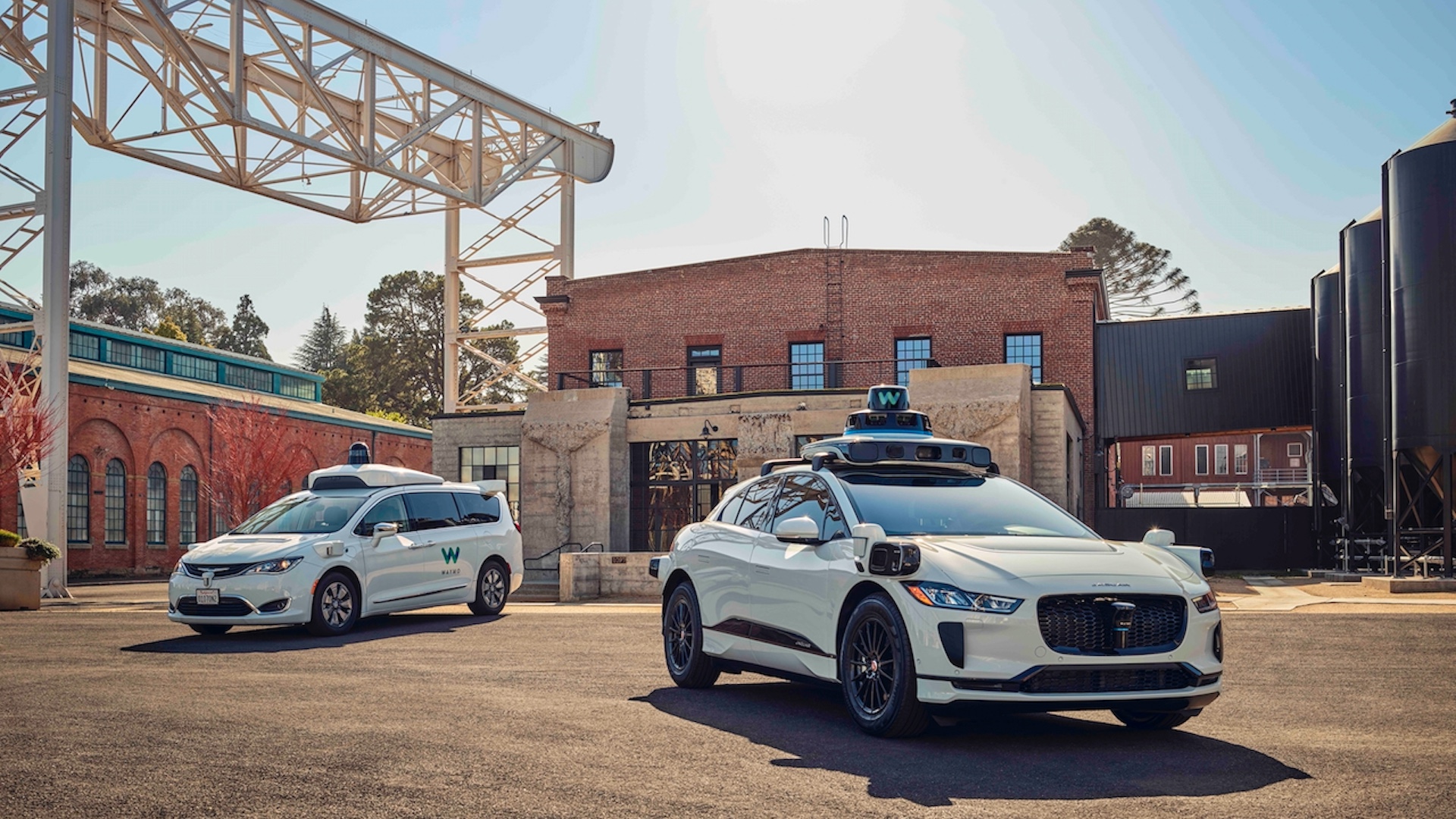'We really believe that Lidar is mission critical': Ford CEO says Waymo's self-driving car tech makes more sense Tesla's
Jim Farley expresses skepticism about Tesla’s approach to autonomous driving

Ford CEO Jim Farley has said that he believes LiDAR is “mission critical” to any autonomous driving system and that when a brand like Ford explores the technology, it has “to be really careful” in its approach.
Speaking at the Aspen Ideas Festival last week, Farley was pushed by Elon Musk biographer Walter Isaacson to compare both Tesla’s and Waymo’s current autonomous driving systems, asking which approach made most sense.
Farley’s response was “to us, Waymo,” according to Fortune, as he went on to explain that Waymo had made a “lot of progress” in the area of self-driving.
In stark contract to Waymo’s approach, which in its current sixth generation sees a suite of 13 cameras, 4 LiDAR, 6 radar, and an array of external audio receivers act as its eyes and ears, Tesla uses a network of just eight cameras to give it vehicles a 360-degree view of surroundings.
Elon Musk has long been an advocate of a “camera-only” approach to autonomous driving technology, calling LiDAR "lame" during an autonomy day in 2019 and subsequently removing sensors from his cars, instead opting to refine his camera technology and software in an attempt to streamline the manufacturing process and reduce costs.
“The issue with Waymo’s cars is it costs way more money,” Musk explained during Tesla’s quarterly earnings call in April. “The car is very expensive, made in low volume. Teslas probably cost 25% or 20% of what a Waymo costs and made in very high volume.”
Although Ford is no longer pursuing its autonomous driving joint venture with Volkswagen (dubbed Argo AI), it has continued to develop its own BlueCruise technology, which takes cruise control a step further by allowing drivers to take their hands off the wheel when certain driving criteria is met.
Sign up for breaking news, reviews, opinion, top tech deals, and more.
Analysis: better to be safe than sorry

Elon Musk believes that Artificial Intelligence has improved at such a rate that the need for bulky and expensive LiDAR, ultrasonic and camera technology isn’t required for the highest levels of autonomous driving.
But so far, his robotaxi business has only been seen on public roads with a safety operator in the passenger seat and it is already under investigation for the alleged erratic behavior of some vehicles.
Above all else, it still has some way to go before it catches up with Waymo’s operation, which is already fully active in a number of US cities.
Using just eight cameras, as opposed to the accomplished suite that Waymo runs, limits the amount of redundancy systems that are available.
As Jim Farley points out: “where the camera will be completely blinded, the LiDAR system will see exactly what’s in front of you.”
Building a failsafe and reliable autonomous driving system is the only way to build public trust in the technology. Once at that point, companies should then look at ways of improving technology and reducing costs, rather than rushing to cut corners.
You might also like
- More bad news for Tesla – Xiaomi's new Model Y rival beats it on price and just smashed pre-order records
- Tesla's robotaxi rollout is already under investigation, as videos surface of erratic driving
- Forget Tesla's robotaxis – this new VW ID Buzz will soon be the sleekest self-driving ride on the roads

Leon has been navigating a world where automotive and tech collide for almost 20 years, reporting on everything from in-car entertainment to robotised manufacturing plants. Currently, EVs are the focus of his attentions, but give it a few years and it will be electric vertical take-off and landing craft. Outside of work hours, he can be found tinkering with distinctly analogue motorcycles, because electric motors are no replacement for an old Honda inline four.
You must confirm your public display name before commenting
Please logout and then login again, you will then be prompted to enter your display name.